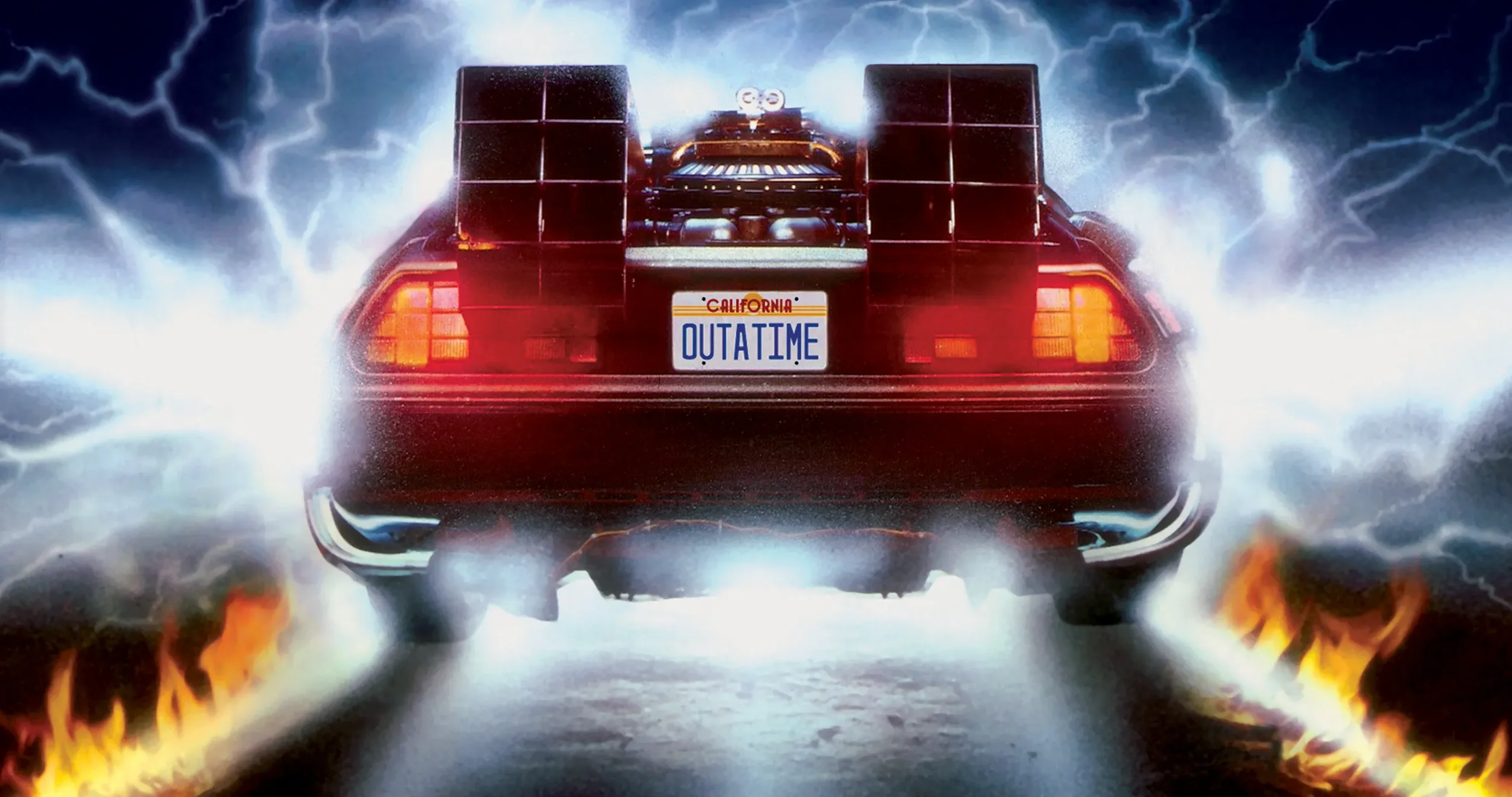The Picture of Dorian Gray, Theatre Royal Haymarket
Written by Franco Milazzo for Theatre & Tonic
Disclaimer: Gifted tickets in exchange for an honest review.
Adapted and directed by Kip Williams, The Picture Of Dorian Gray based on Oscar WIlde’s only novel sees some superb acting enabled by cutting edge technology. Or is that the other way round?
Following the success of Andrew Scott’s Uncle Vanya, this one-person production featuring Sarah Snook (Shiv Roy in hit HBO drama Succession) adds to the growing list of similar upcoming shows like Eddie Izzard’s Hamlet, Billy Crudup’s Harry Clarke and Count Arthur Strong’s A Christmas Carol. Is this trend down to simple economics, cosmic alignments or some subconscious industry trend?
Snook is no stranger to the stage having appeared in 2016 opposite Ralph Fiennes in The Master Builder. Likewise, Williams’ show has also seen the inside of a theatre before with a highly successful run in Australia in 2020 starring Eryn Jean Norvill. Snook is a revelation here: with the aid of wigs, fake facial hair and costumes, her bravura performance sees her take on 26 (mostly male) roles. She deploys a range of passably British accents, dropping one bon mot after another.
Whether this is a solo performance is an interesting point. On the one hand, she is assisted throughout by some huge video screens and over a dozen camera operators. On the other, she interacts through the screens with recorded versions of the other characters and the narrator whom she occasionally disagrees with. She is never alone on stage and, even with brilliant acting, much of what we see in most of the scenes is dependent on clever video work.
That’s not to say it is all down to the electronics. Snook often disappears off to the back of the stage to change her outfit or depict a character in a particular setting. The subplot around Gray’s doomed love Sibyl Vane is played out with Snook in a pink dress and her head thrust through a toy stage while a camera throws the image onto a huge screen.
Williams is the architect of this ambitious edifice to power of tech built around a leading lady who powers the narrative from soup to nuts. There will inevitably be questions around whether the machines or the men and women on the stage are more important. There is much to admire, though, in how he delves into the original work at multiple levels. It is mostly remembered as a morality tale but there is so much more at play here. The wit in Wilde’s words shines through with power; many of the cynical aphorisms still coming off as valid opinions over a century later. The book’s allusions to homosexuality and the gay milieu are made obvious here: Gray’s relationships with men and the fallout from them are underlined more and more heavily as the play goes on and at one point we see him stumble through what appears to be a chemsex rave. A constant theme is the ultimately futile quest for eternal beauty, something wonderfully evoked through the use of video filters and immense close-ups of Snook’s face.
Snook isn’t completely at ease yet (she flubs a couple of lines over the course of the night) but she wears Gray and his world with real confidence. From the initial depiction of the young fop to the jaded and desperate man he becomes, she brings his sordid tale to blistering life up to a thrilling scene where Gray is chased by Vane’s brother through a forest. And from that point, William’s highly intense direction barely abates for the final furlongs, leading to a lessening of the impact of Gray’s eventual demise. That the show doesn’t quite stick the landing is not Snook’s fault but somewhat spoils what is otherwise a highly memorable climax.
At Theatre Royal Haymarket until 11 May 2024.










